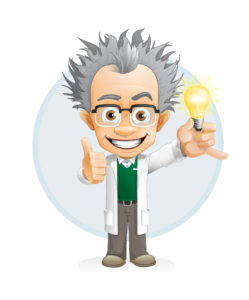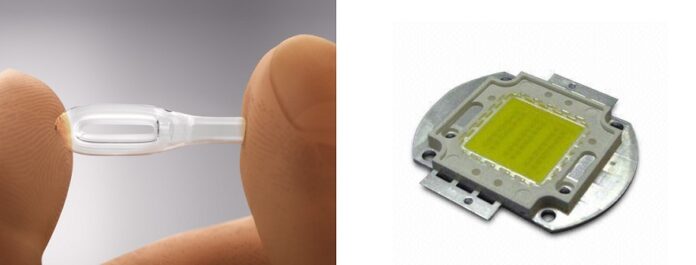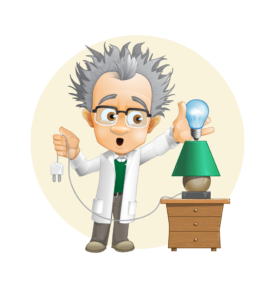Light-emitting plasma (LEP) and light-emitting diode (LED) technologies represent two distinct ways of creating efficient, bright light. They both share features like minimal degradation of the lumen output, high reliability in any environment and the ability to be integrated into just about any control system.
The difference, however, between these two lighting technologies involves how they each create light.
What is a LED?
A light-emitting diode comes from a semiconductor. When a direct current is applied in the right way, the semiconductor experiences a change that occurs on the scale of atoms. A valence electron on some of the material that makes up the conductor jumps one or more levels for a short while, which forces the atom to discharge a photon as the electron jumps back down for a grounded state.
This results in clean, efficient lighting that only requires the application of a minimal amount of electricity. Unlike traditional lighting techniques, there is no filament that needs to burn.
What is a LEP?
Light-emitting plasma exists in a similar way to light-emitting diodes, yet it relies on a different physical property to produce light.
When electricity is applied to a LEP, a radio-frequency is generated. This frequency is then applied to a quartz chamber filled with gas, which then goes on to excite the gas into a super-energized state. When the gas has enough energy, it becomes a plasma and produces light.
LEP or LED: Which is Better?
While LEP is a reliable way to create light, it’s also an incredibly costly solution that tends to generate an excess of heat due to the state change of gas into a plasma. It currently stands as the most efficient solution for outdoor lighting, but it likely won’t be that way forever.
Advancements in LED technology has made it possible to create LED diodes that have a base efficiency of 200% or more by taking advantage of the molecular vibrations that LEDs create when powered. The rapid advancement of LED technology will likely make LEP a thing of the past, especially when it comes to outdoor lighting solutions.
For more lighting tips, follow me on twitter @doctorbulb, like me on Facebook, check out my Google+ profile, and subscribe to my blog!



